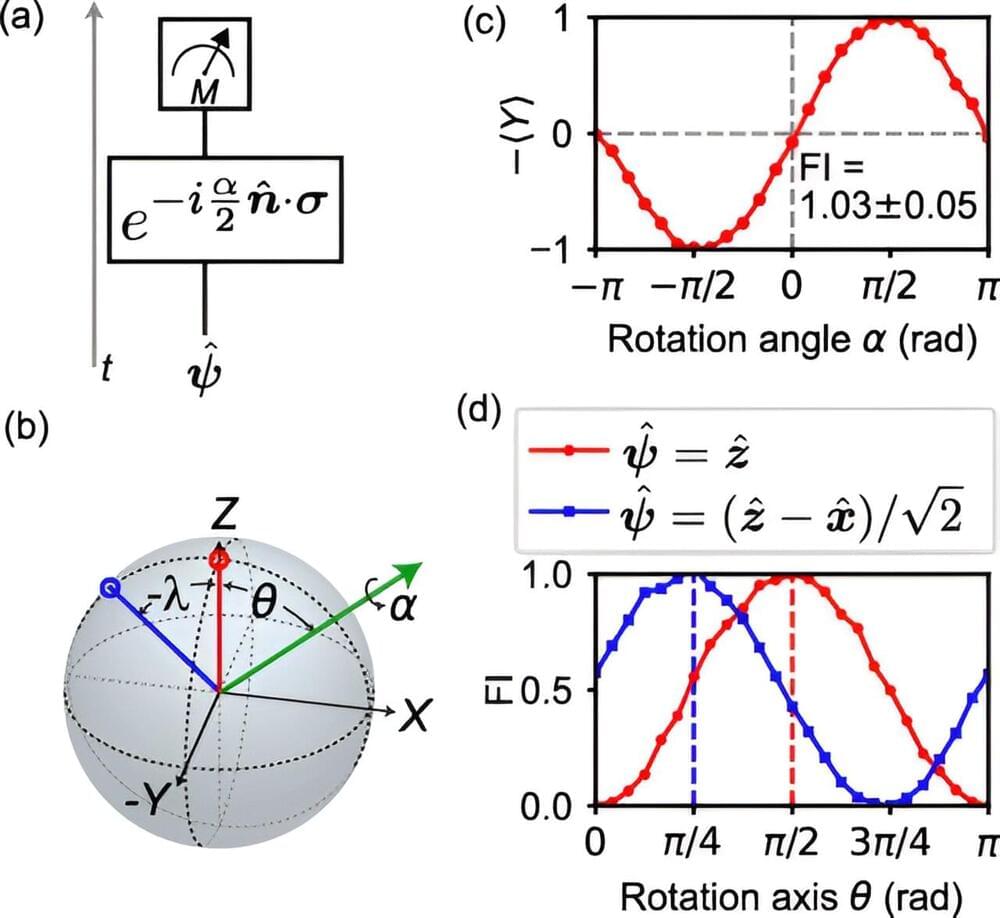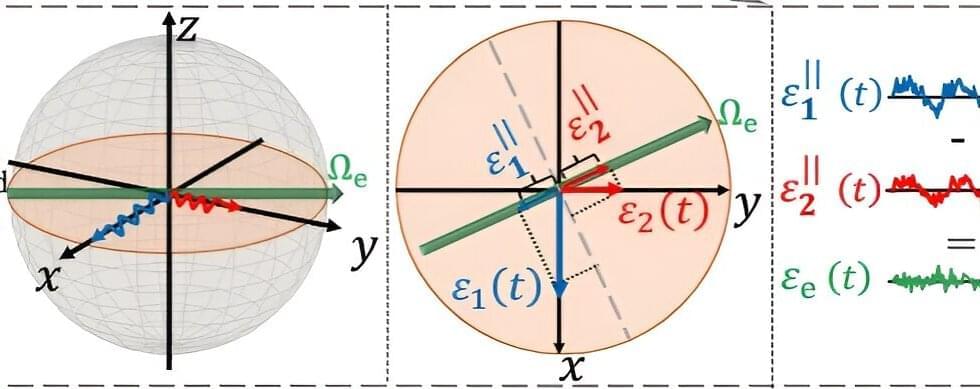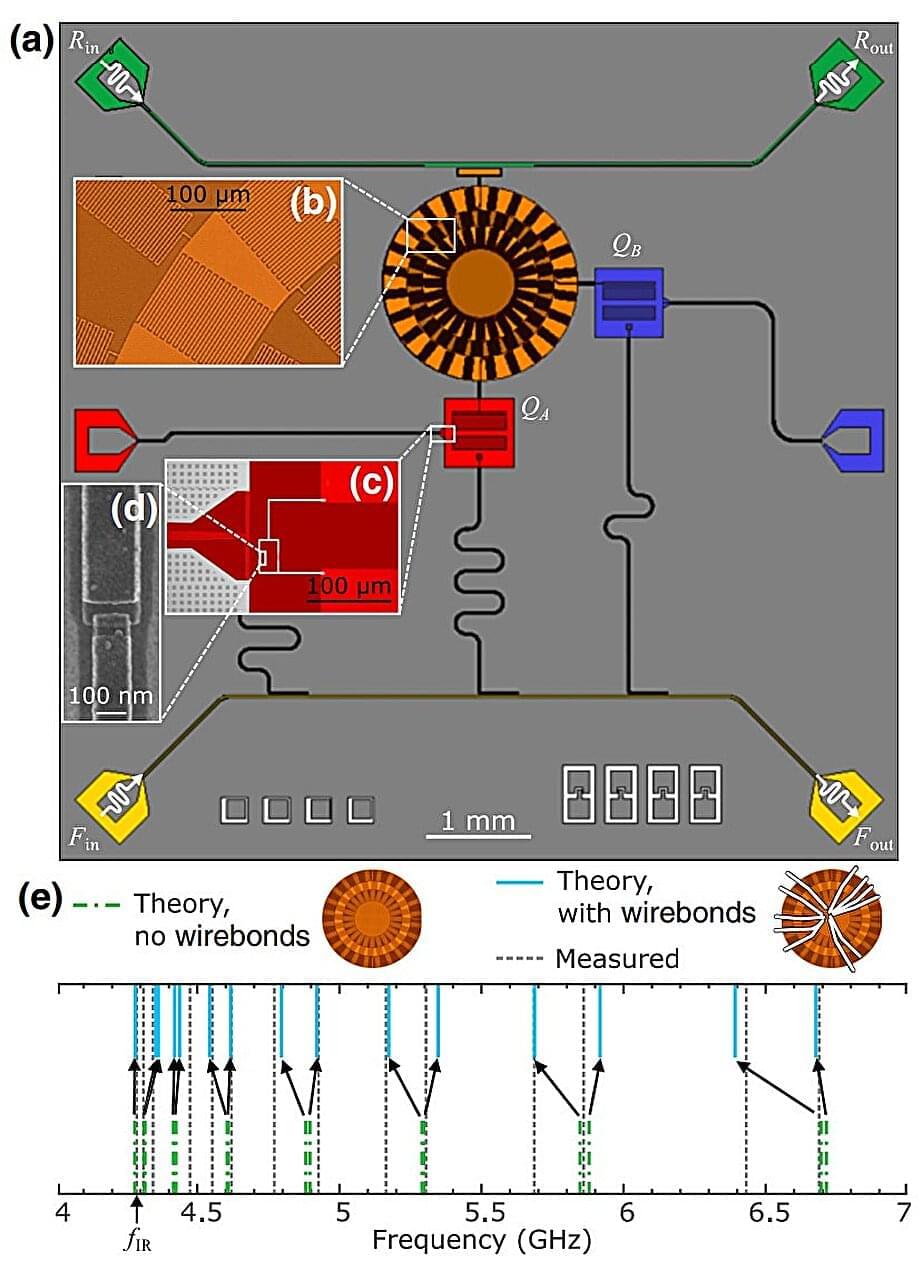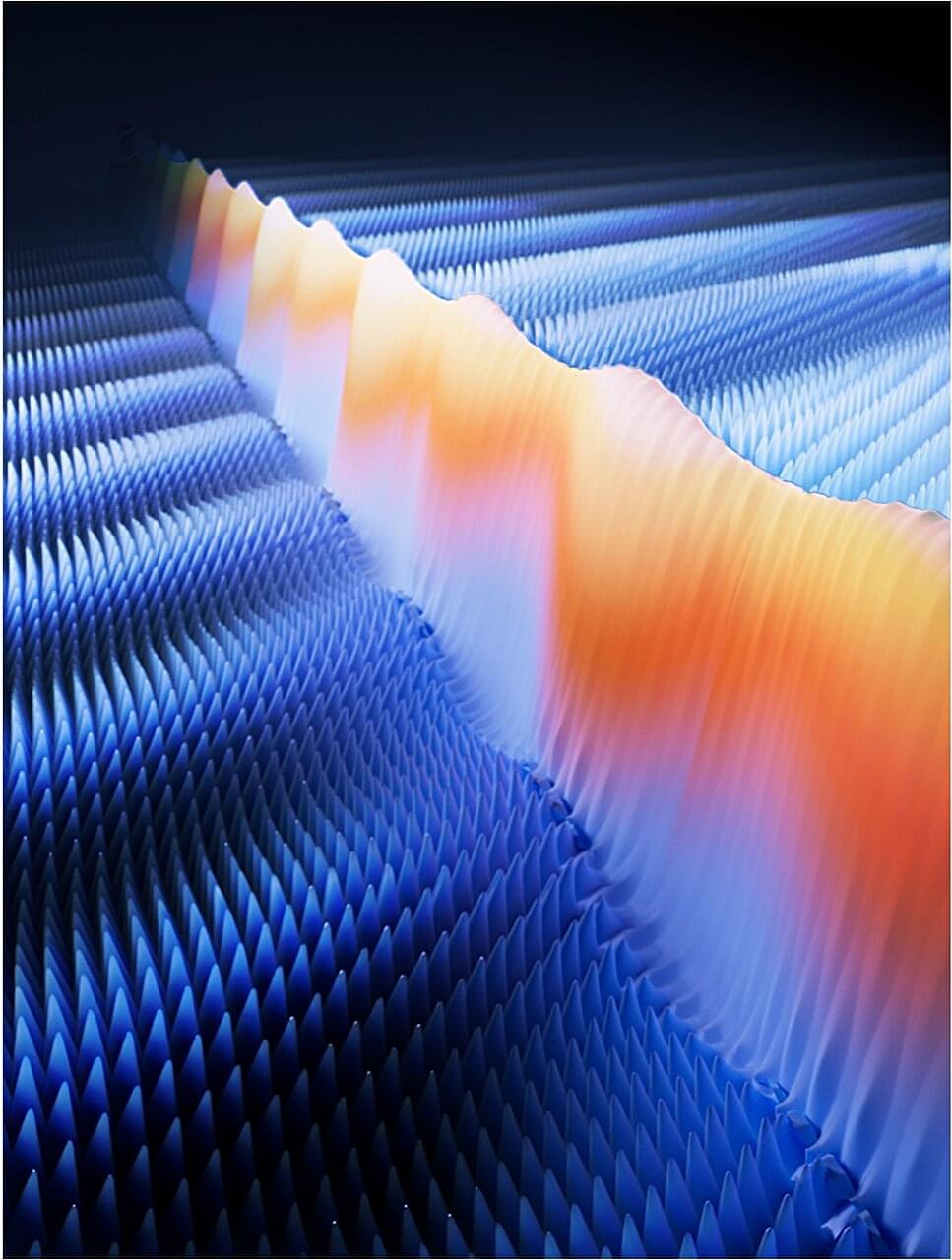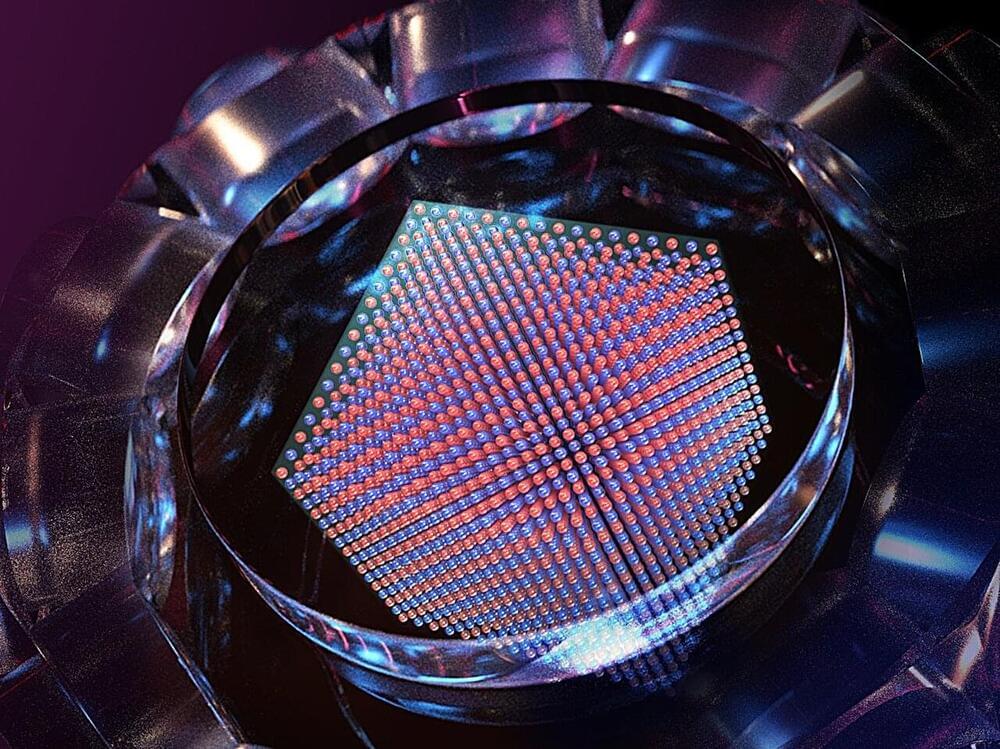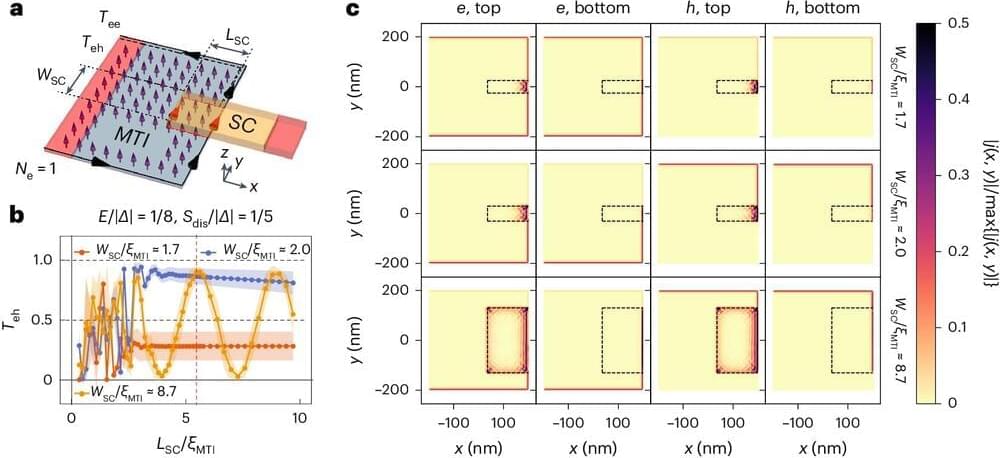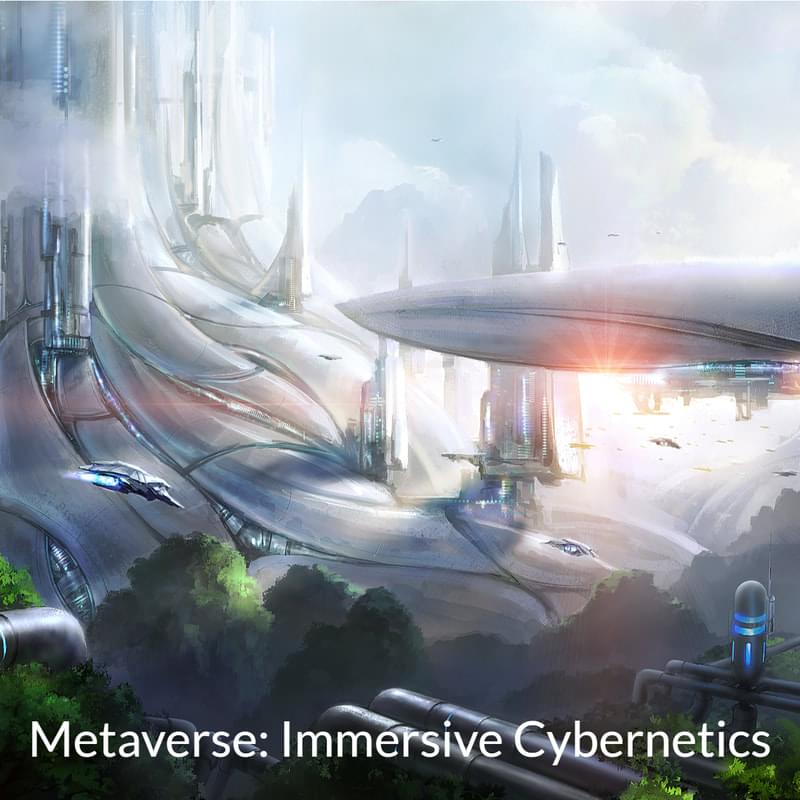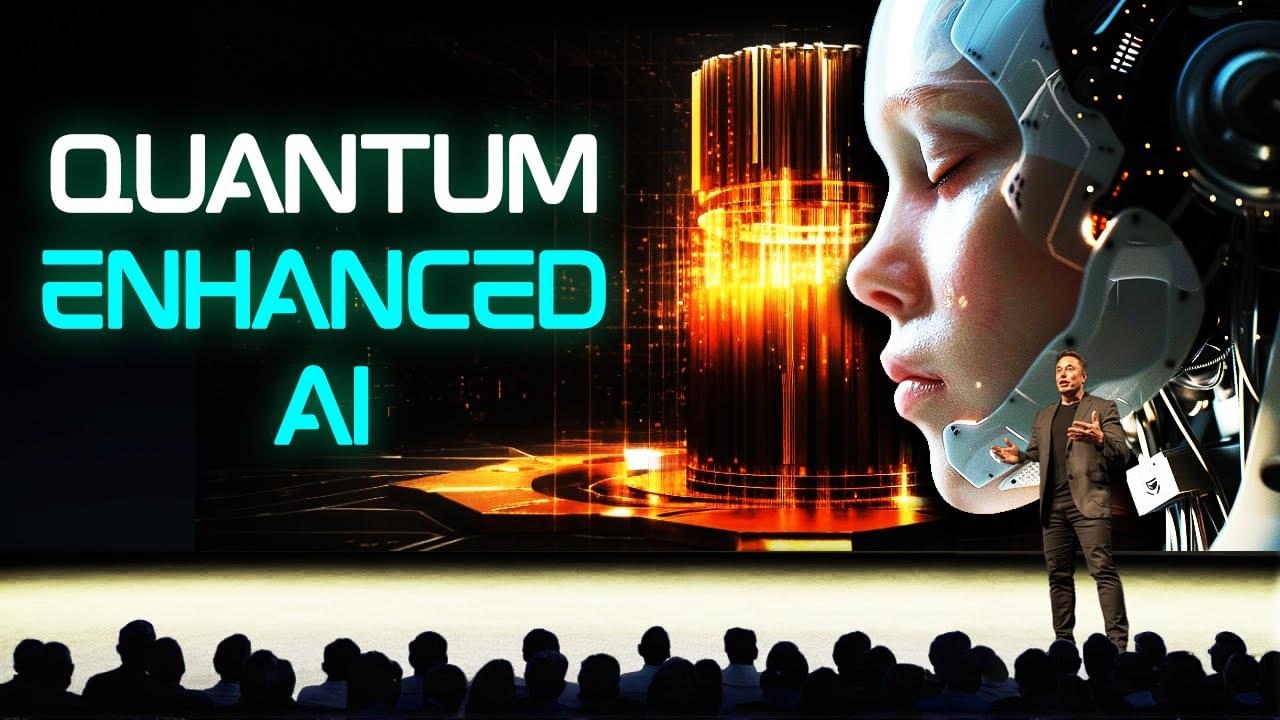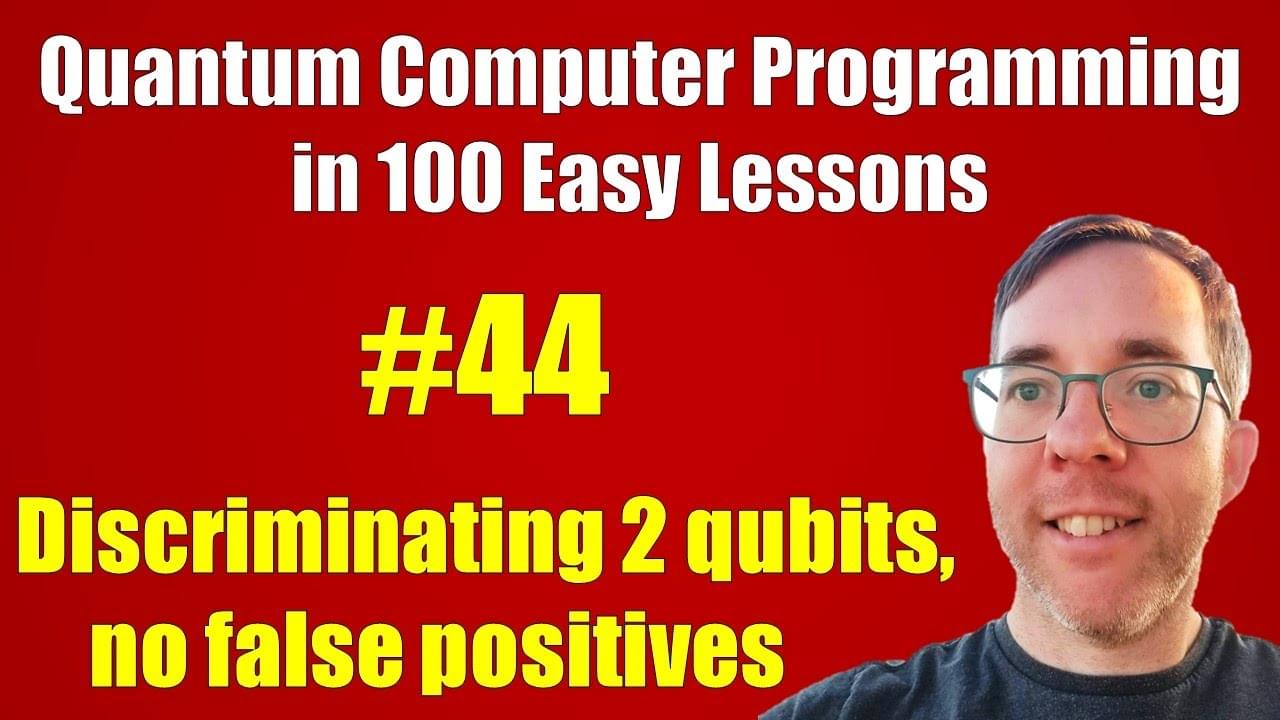Jul 10, 2024
Researchers demonstrate how to build ‘time-traveling’ quantum sensors
Posted by Saúl Morales Rodriguéz in categories: quantum physics, space, time travel
The idea of time travel has dazzled sci-fi enthusiasts for years. Science tells us that traveling to the future is technically feasible, at least if you’re willing to go near the speed of light, but going back in time is a no-go. But what if scientists could leverage the advantages of quantum physics to uncover data about complex systems that happened in the past?
New research indicates that this premise may not be that far-fetched. In a paper published June 27, 2024, in Physical Review Letters, Kater Murch, the Charles M. Hohenberg Professor of Physics and Director of the Center for Quantum Leaps at Washington University in St. Louis, and colleagues Nicole Yunger Halpern at NIST and David Arvidsson-Shukur at the University of Cambridge demonstrate a new type of quantum sensor that leverages quantum entanglement to make time-traveling detectors.
Continue reading “Researchers demonstrate how to build ‘time-traveling’ quantum sensors” »
